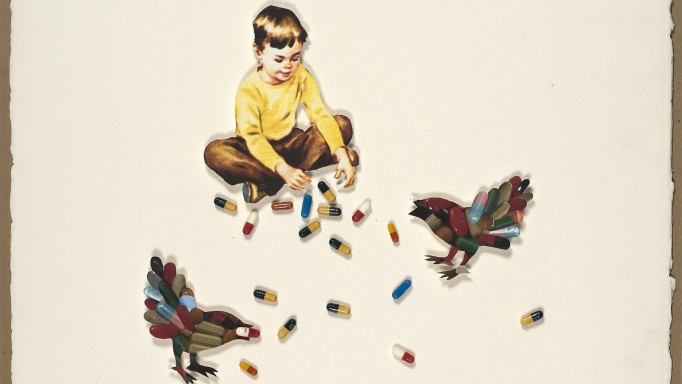National Transgender HIV Testing Day
National Transgender HIV Testing Day (NTHTD) recognizes the importance of routine HIV testing, awareness of HIV status, and HIV prevention and treatment in people who are transgender or gender nonbinary. NTHTD, observed annually on April 18, was established in 2016 by the Centers for Disease Control and Prevention (CDC) and the University of California, San Francisco, Center of Excellence for Transgender Health.
Transgender people, especially transgender women, are disproportionately affected by HIV in the United States. In 2021, 2 percent of new HIV diagnoses in the United States occurred among transgender people, and transgender women accounted for 89 percent of new diagnoses in all transgender people. According to CDC, issues such as transphobia or HIV-related stigma and discrimination may hinder access to HIV services for transgender people. HIV testing is critical so people know their HIV status. Knowledge of HIV status is the first step in accessing HIV treatment, if needed, or prevention services like pre-exposure prophylaxis (PrEP) for people who do not have HIV but may benefit from increased prevention strategies.
The National Institutes of Health (NIH) HIV research program, coordinated by the NIH Office of AIDS Research (OAR), supports research to improve access to HIV prevention, testing, and treatment services. For example, many transgender people who could benefit from PrEP are not using it. NIH research can help determine effective medications for PrEP in transgender populations, as well as strategies to encourage PrEP uptake. NIH-supported research found that the long-acting injectable HIV drug cabotegravir is highly effective in preventing HIV among cisgender men and transgender women who have sex with men.
Use the hashtag #NTHTD to follow the conversation on social media. Download graphics and find sample social media posts to promote HIV testing, prevention, and treatment in the transgender community on the CDC Awareness Days webpage.










